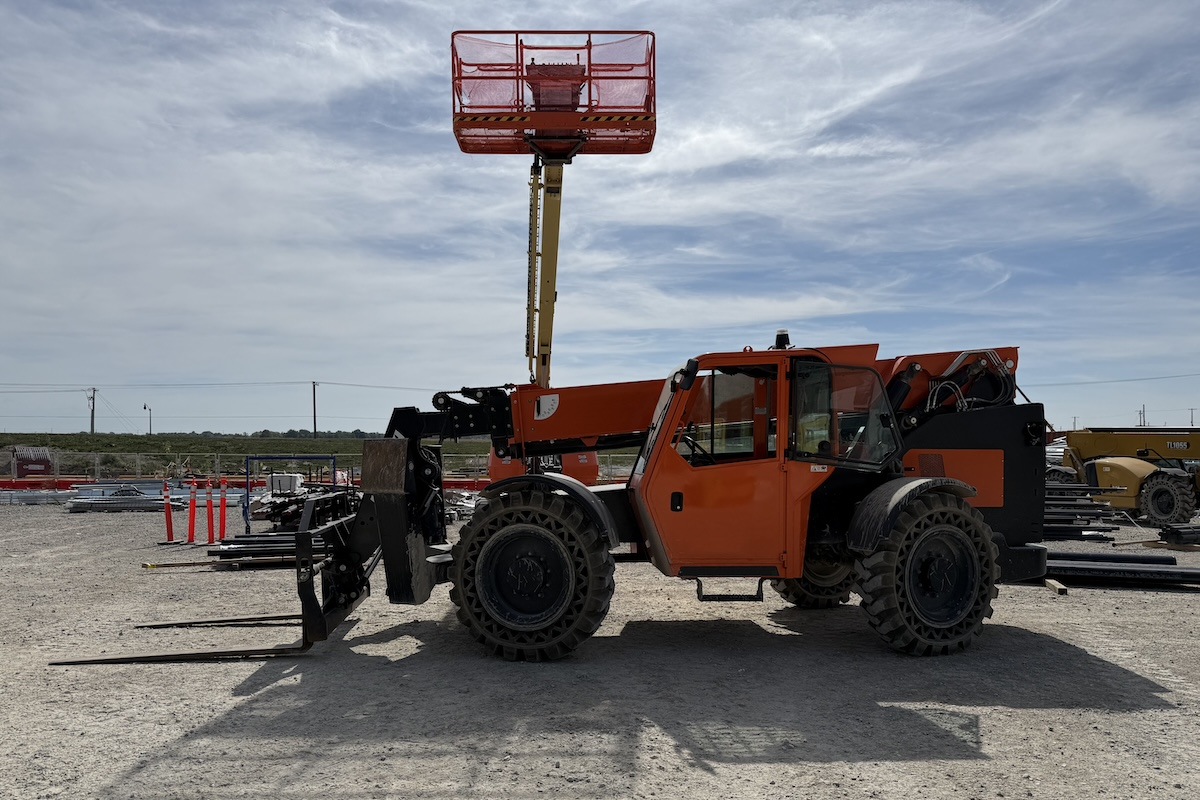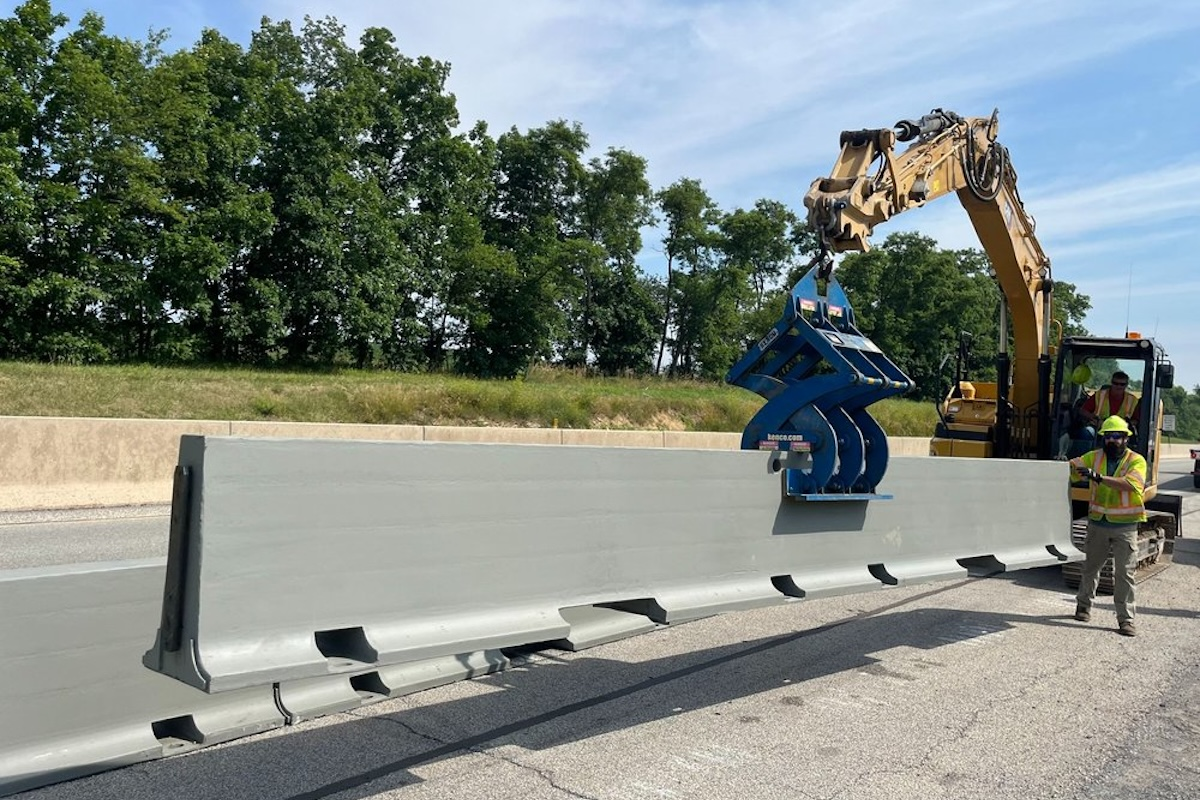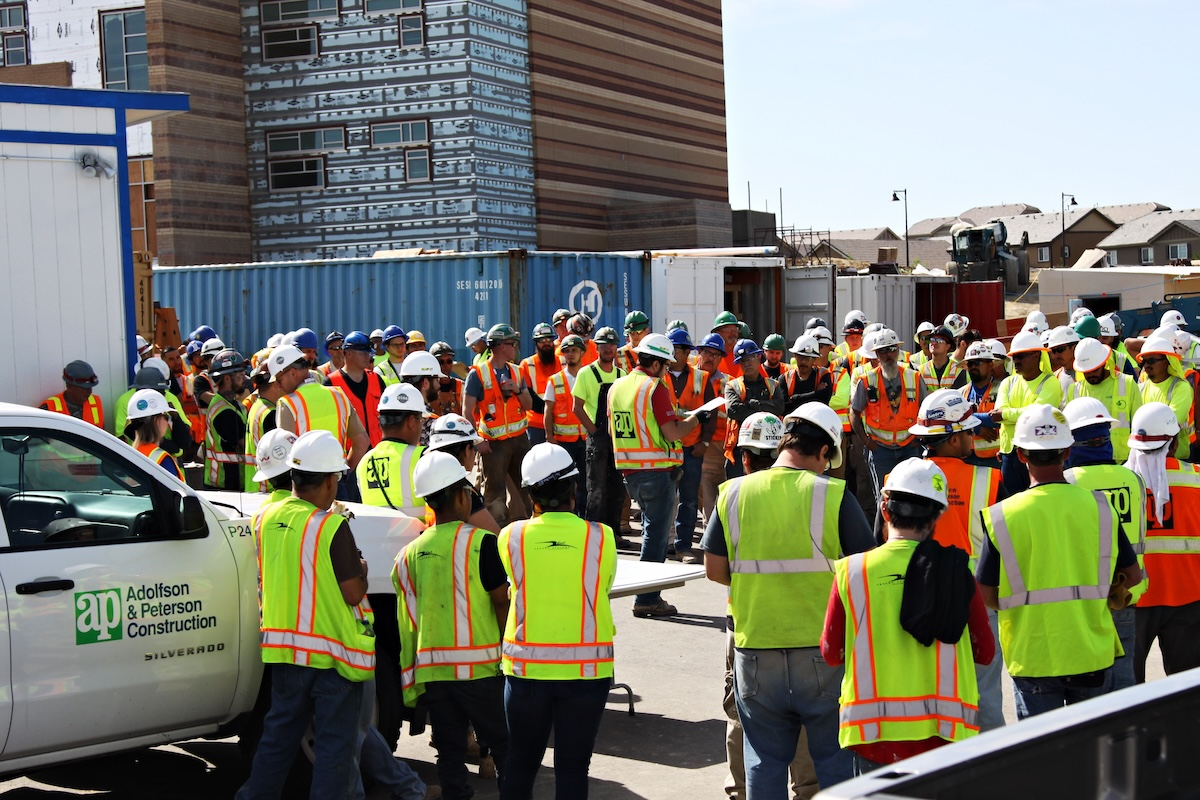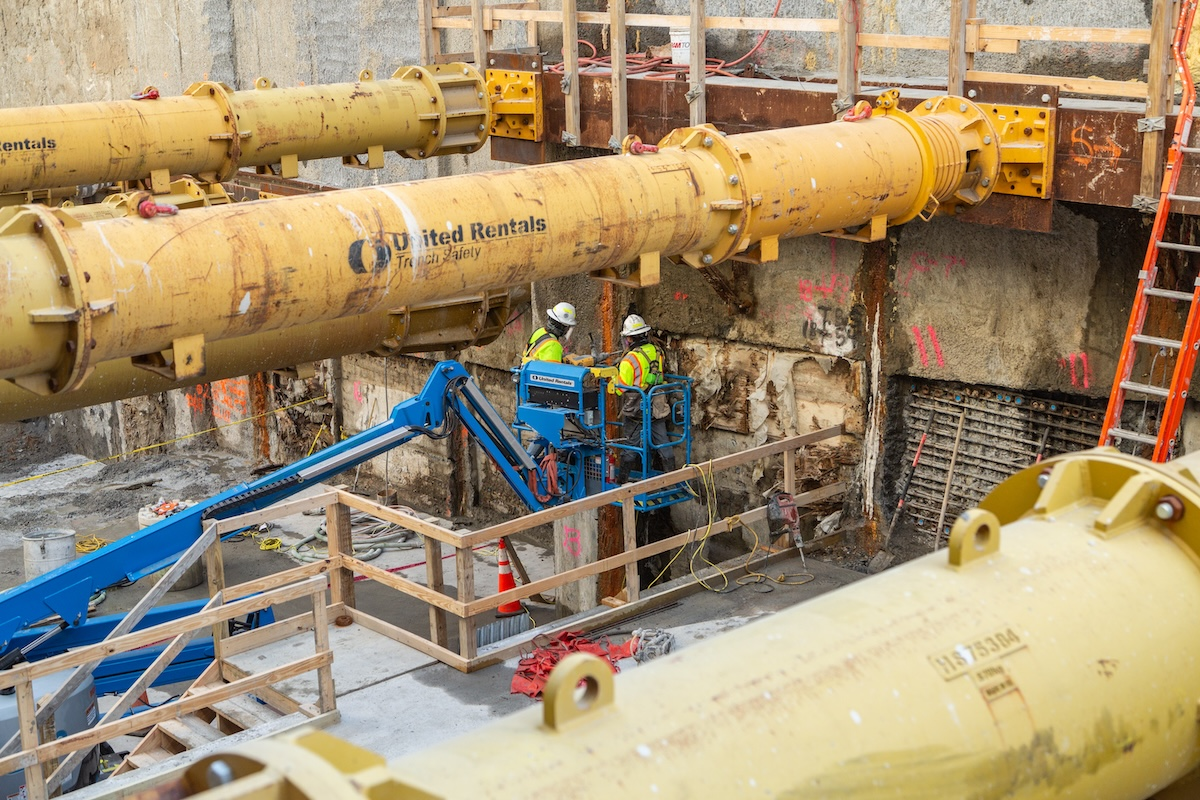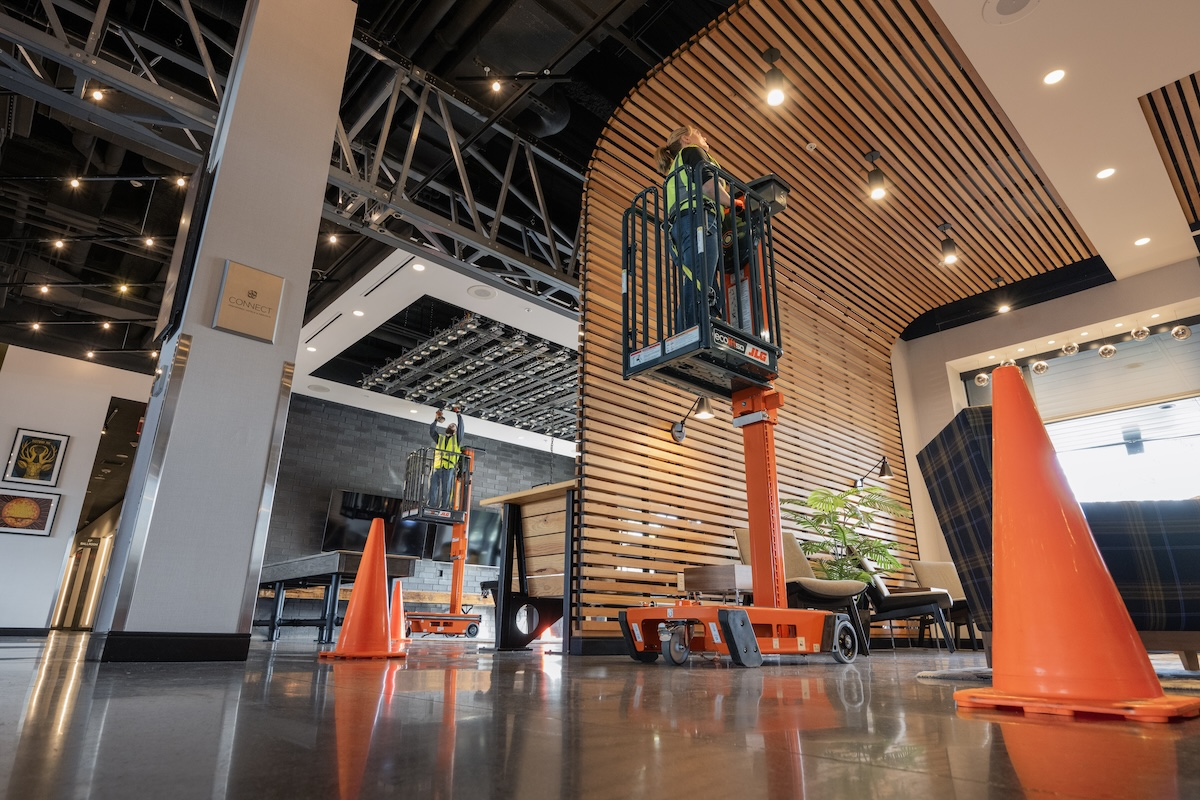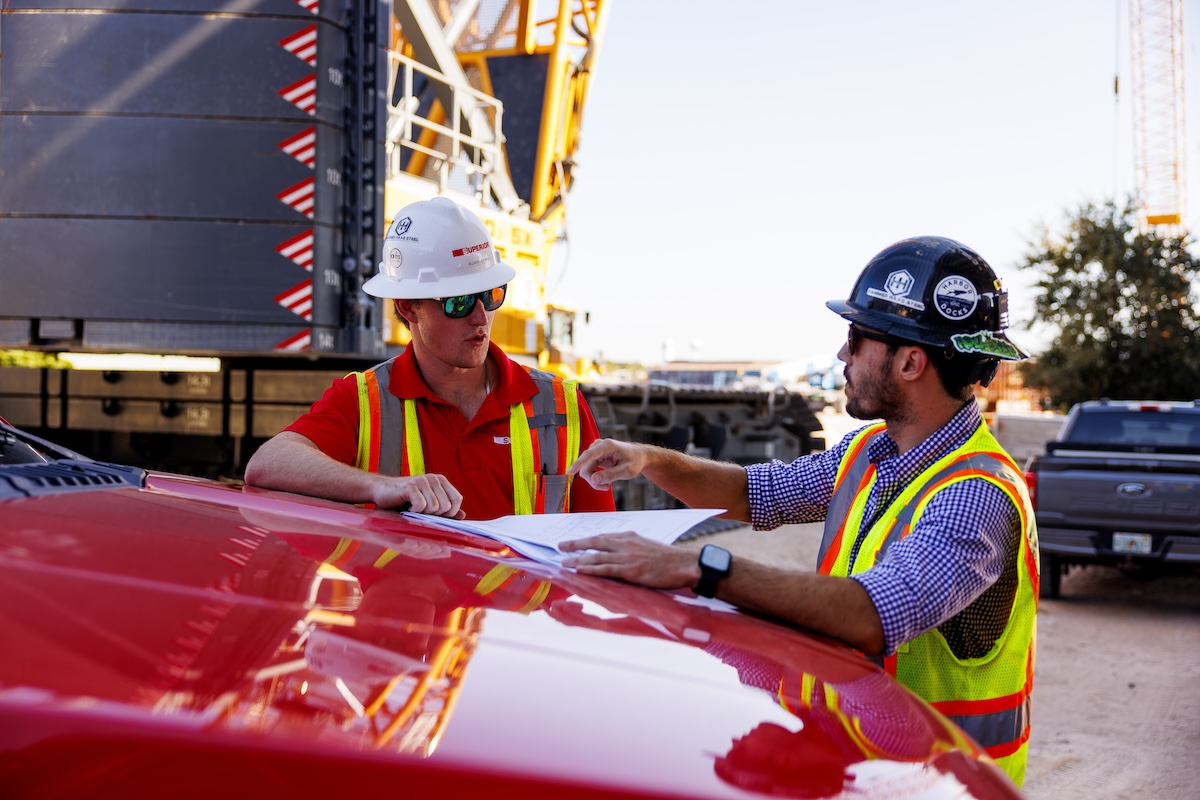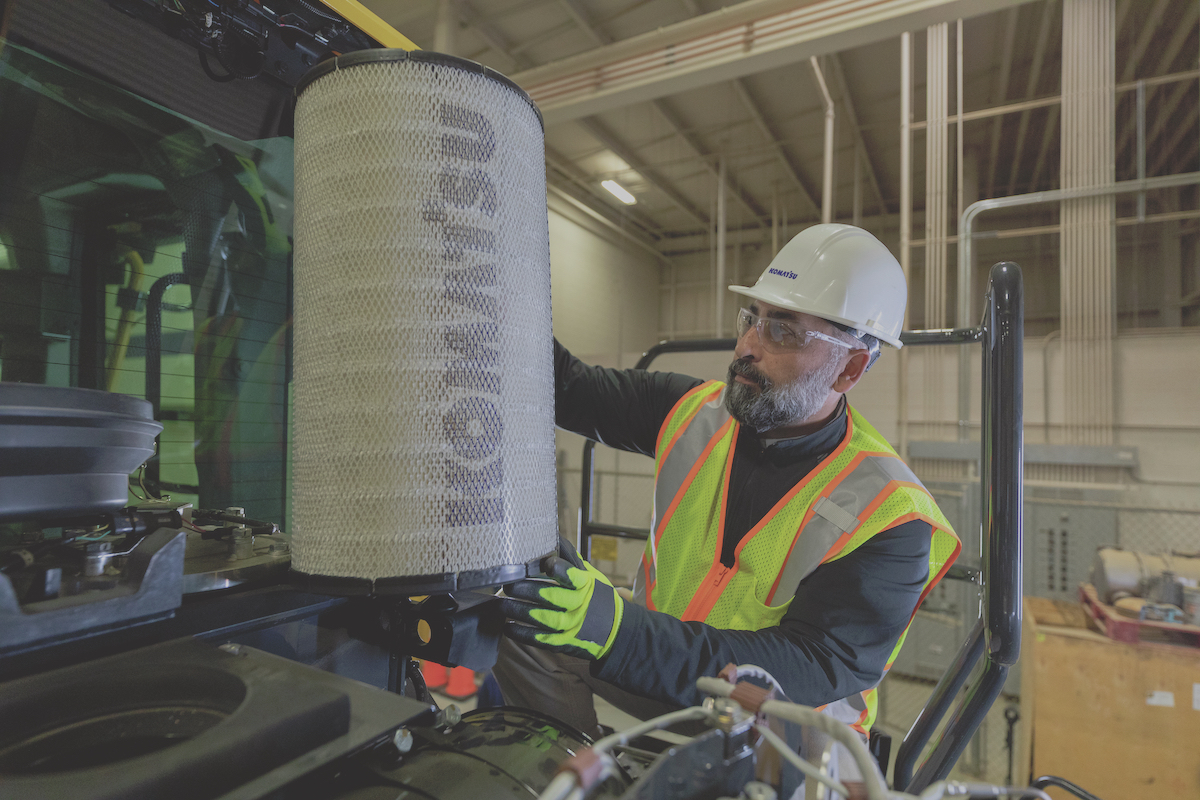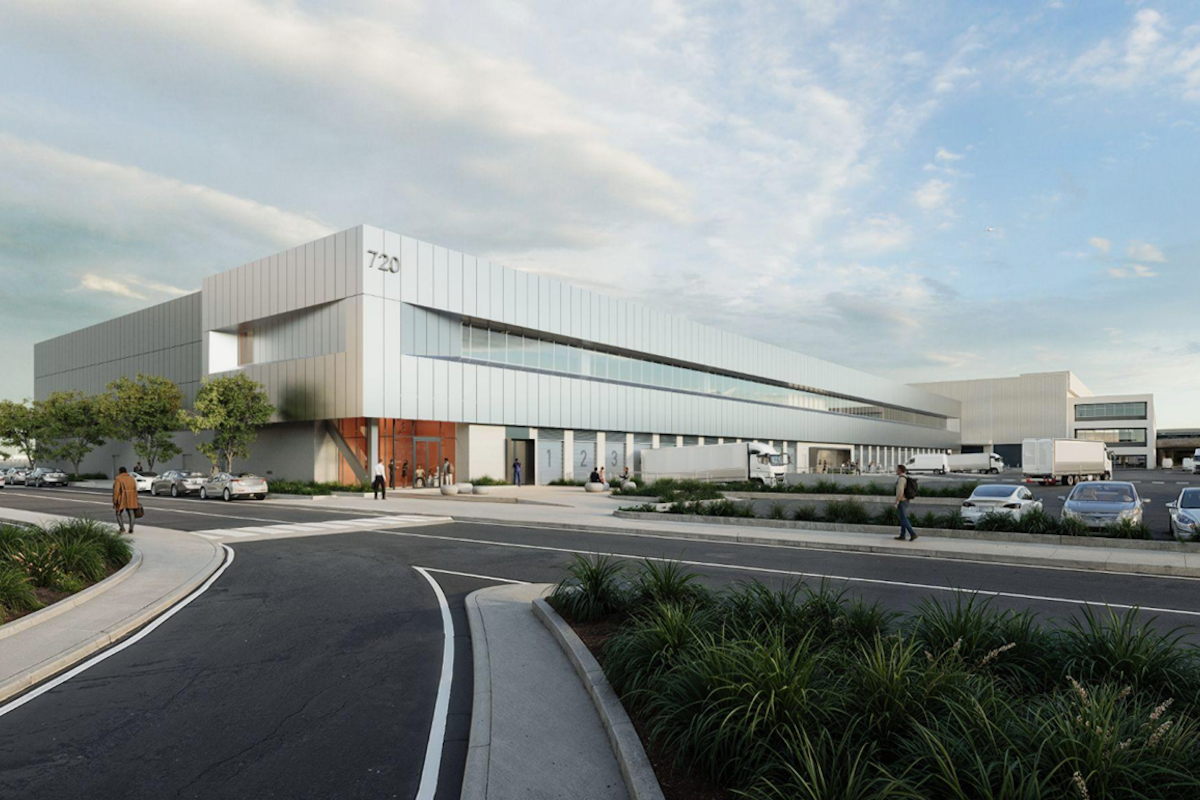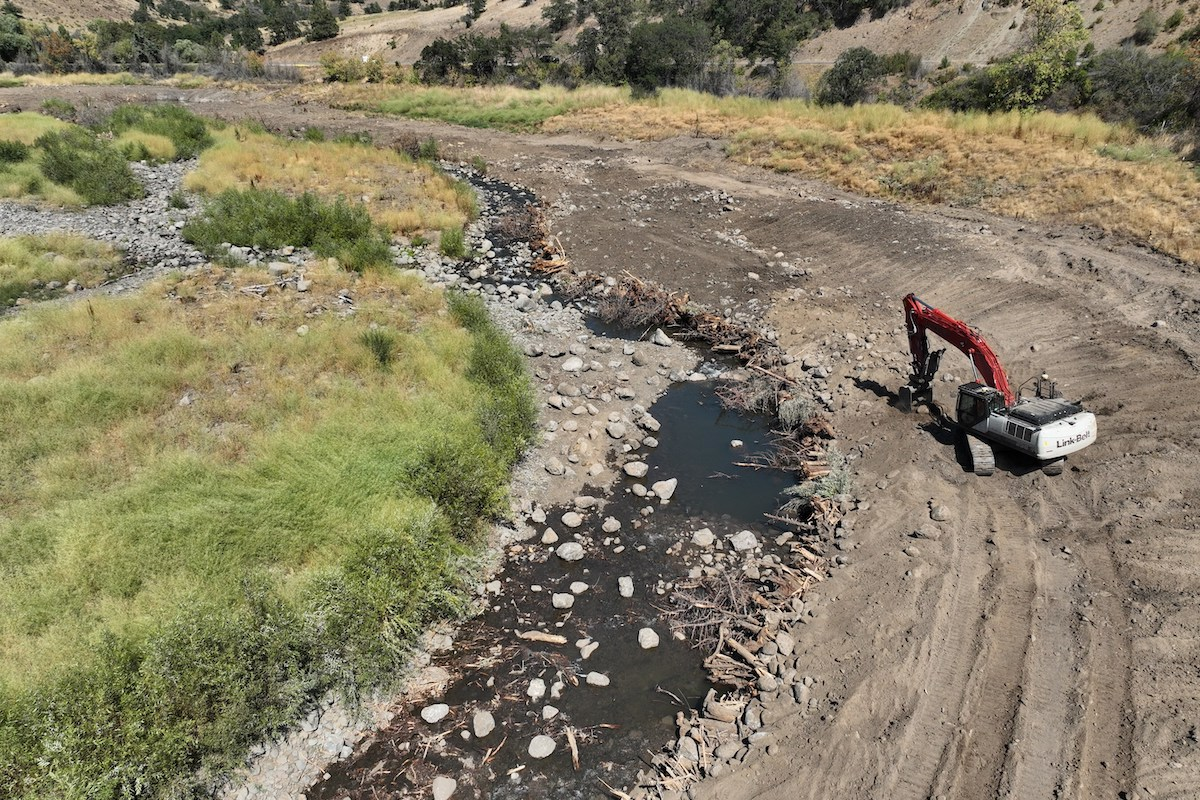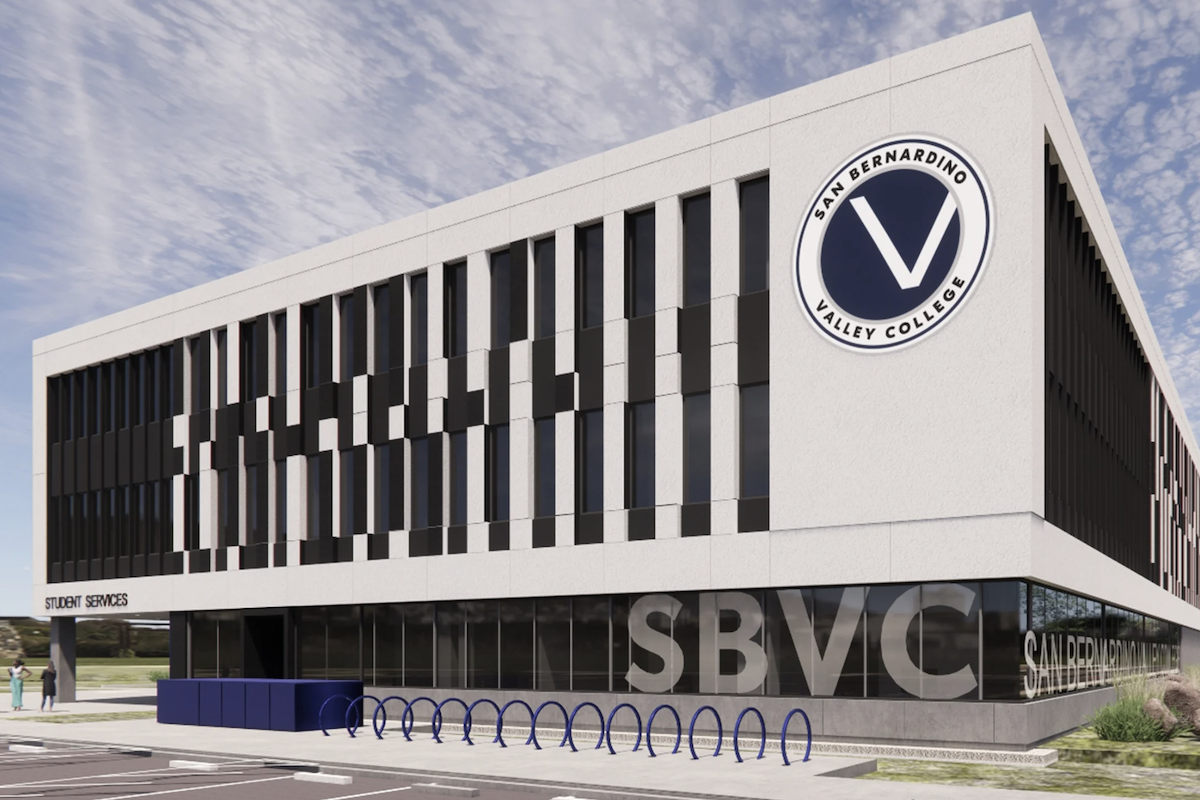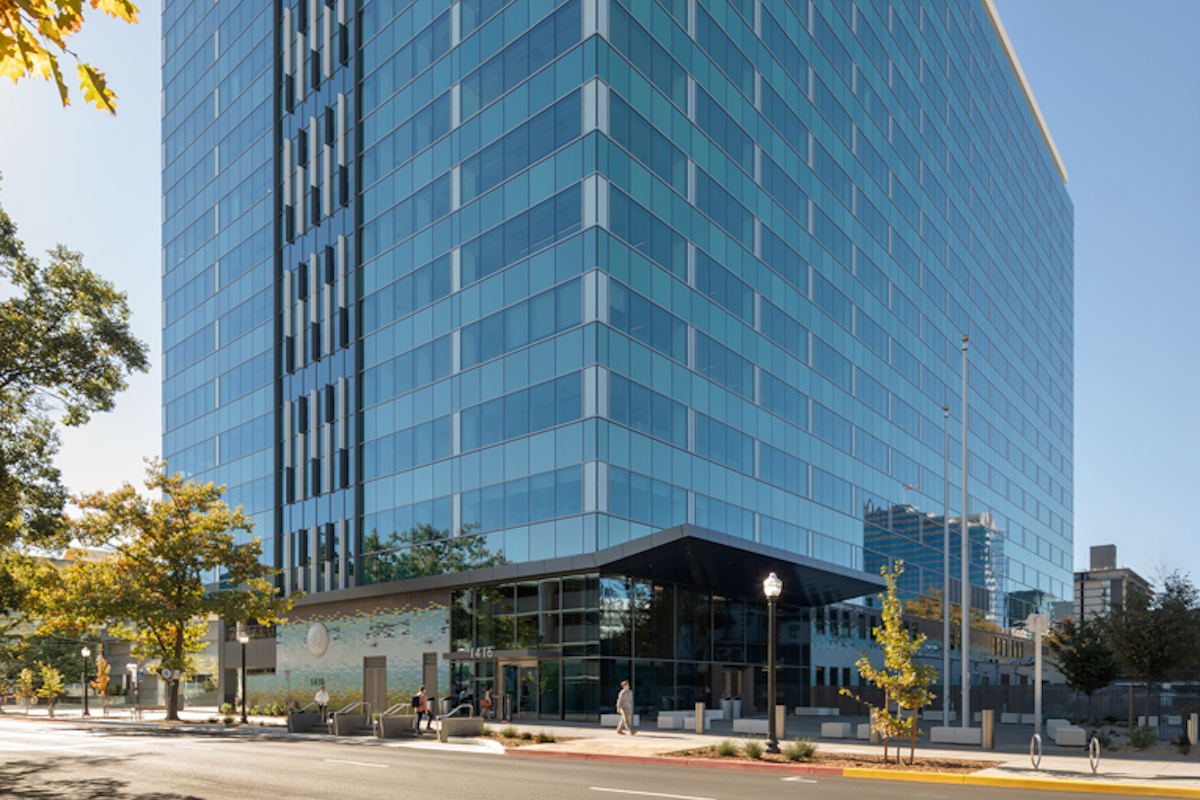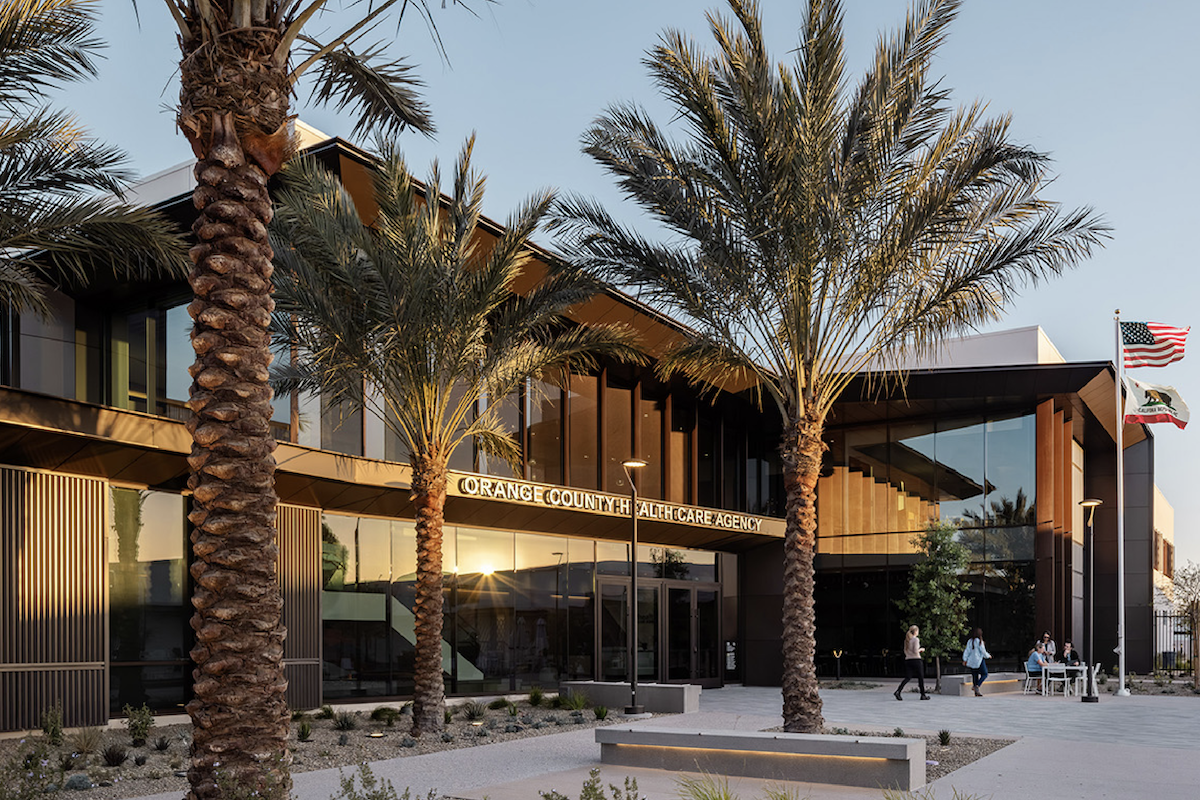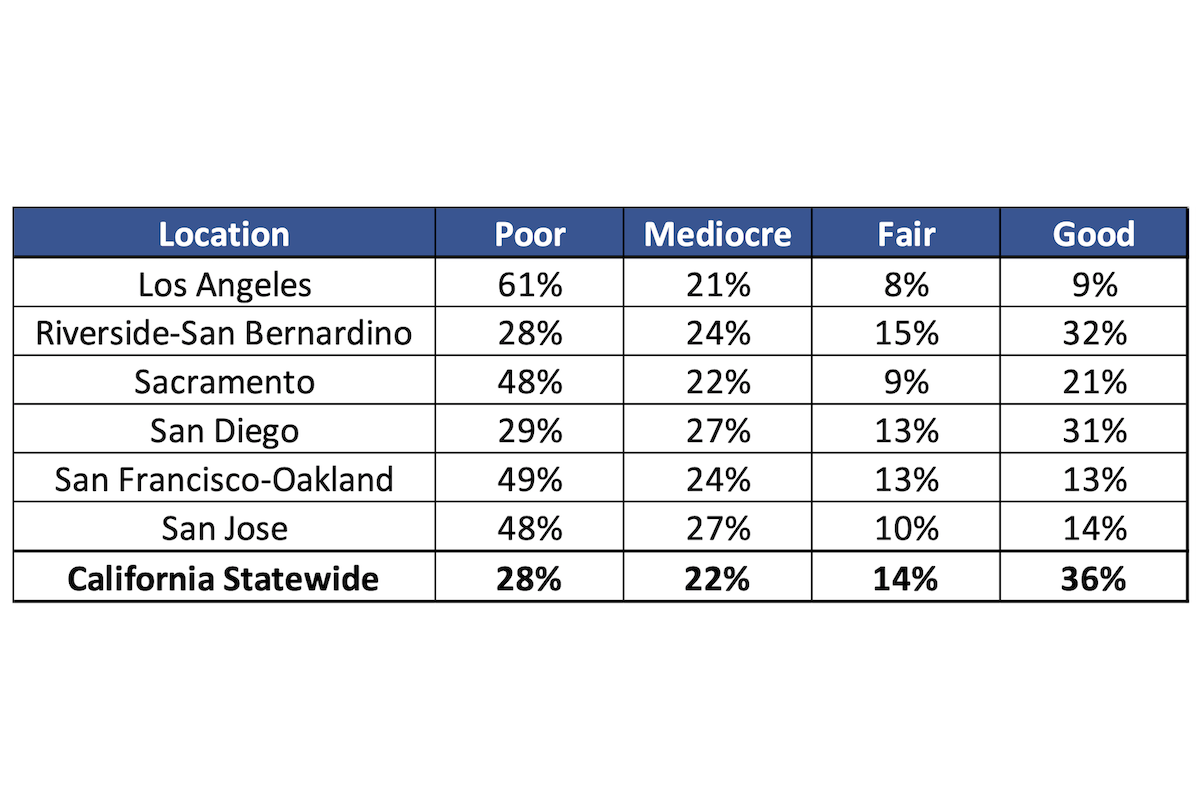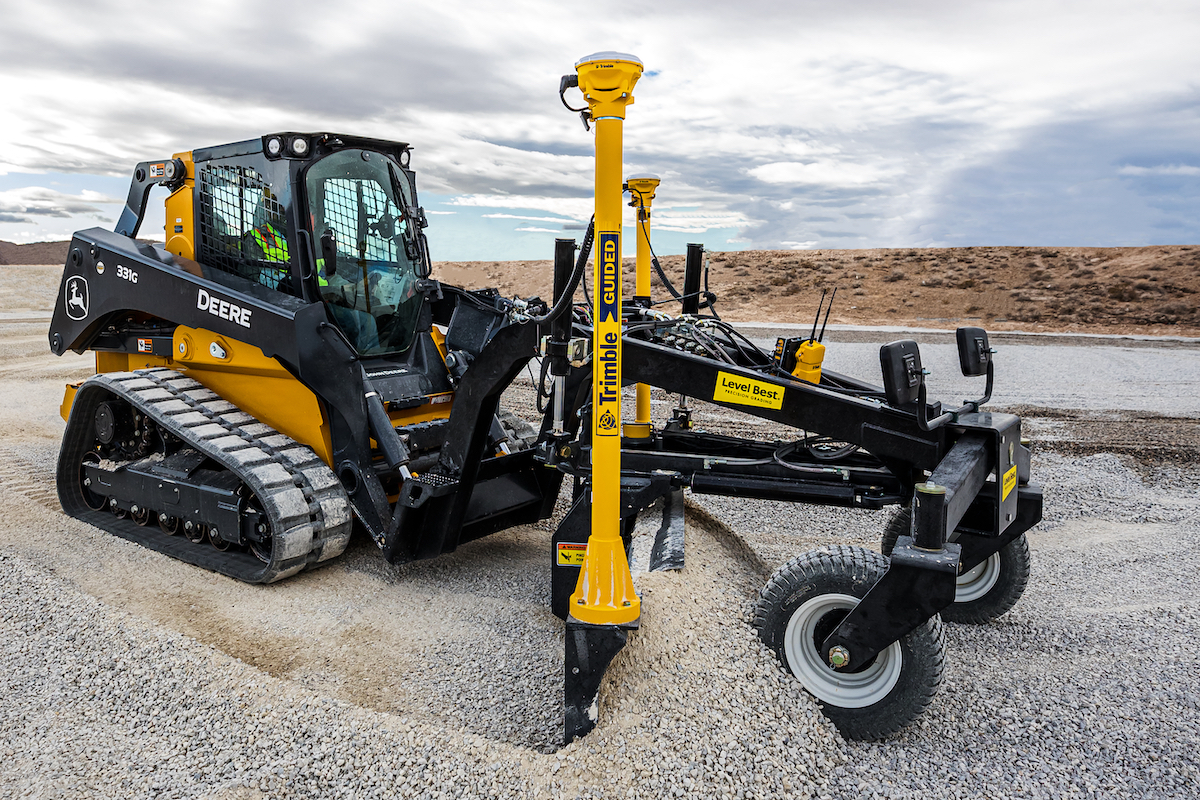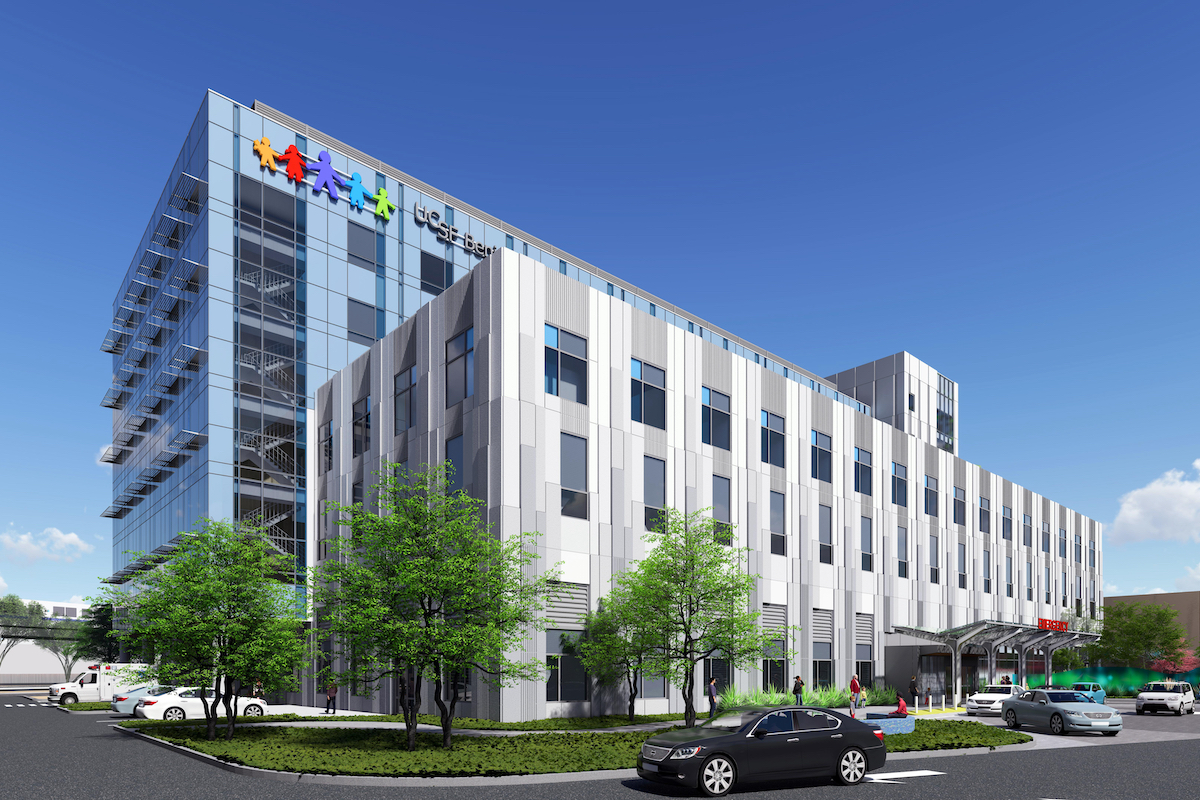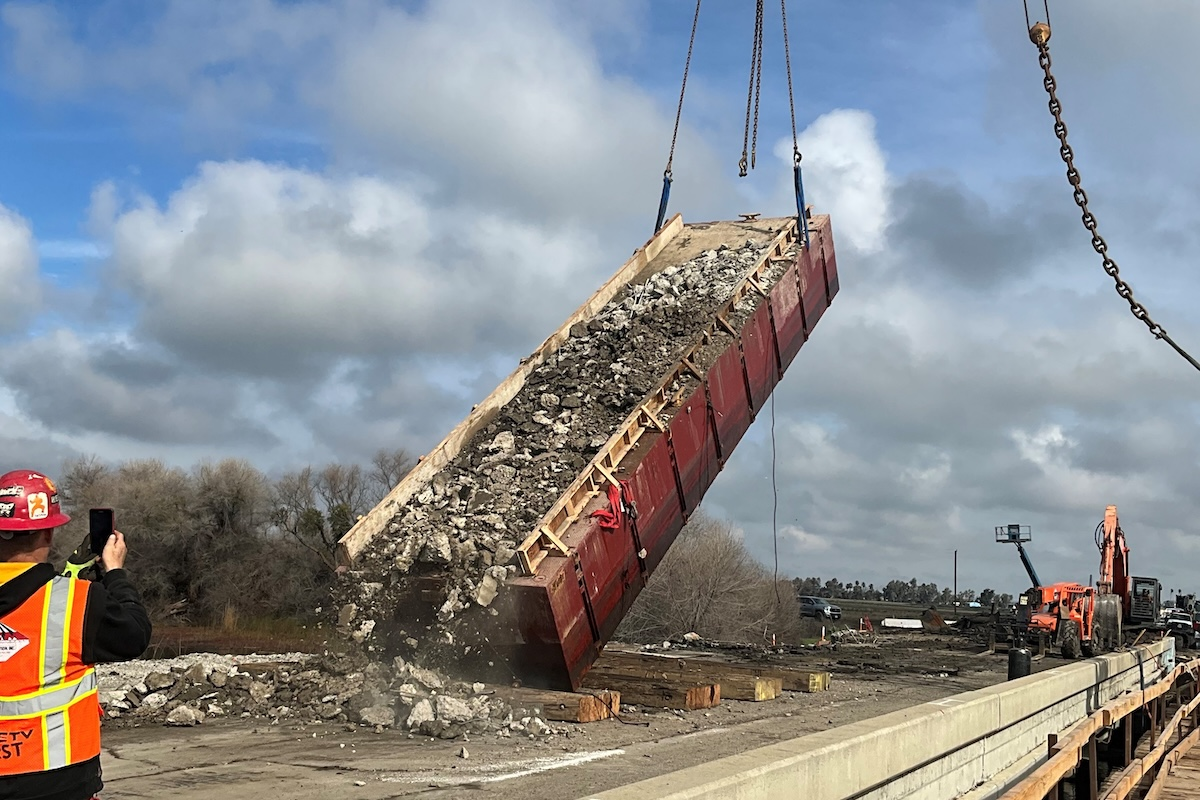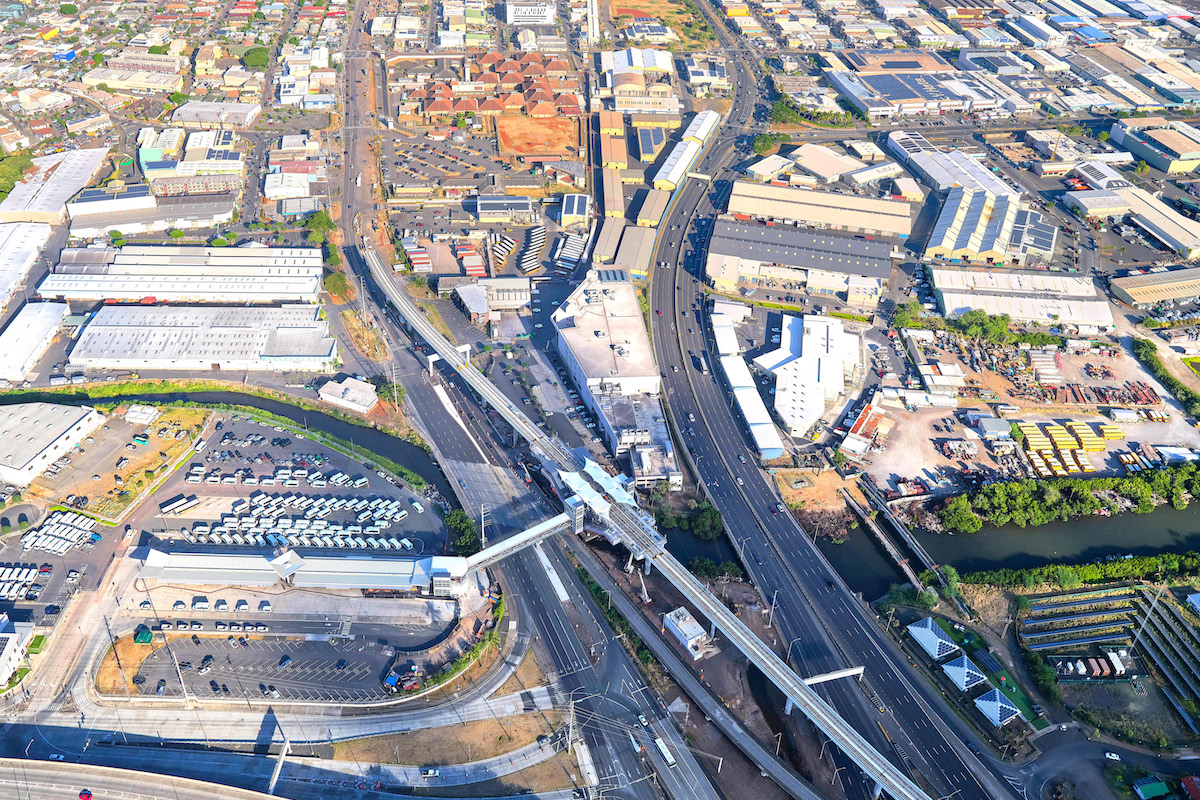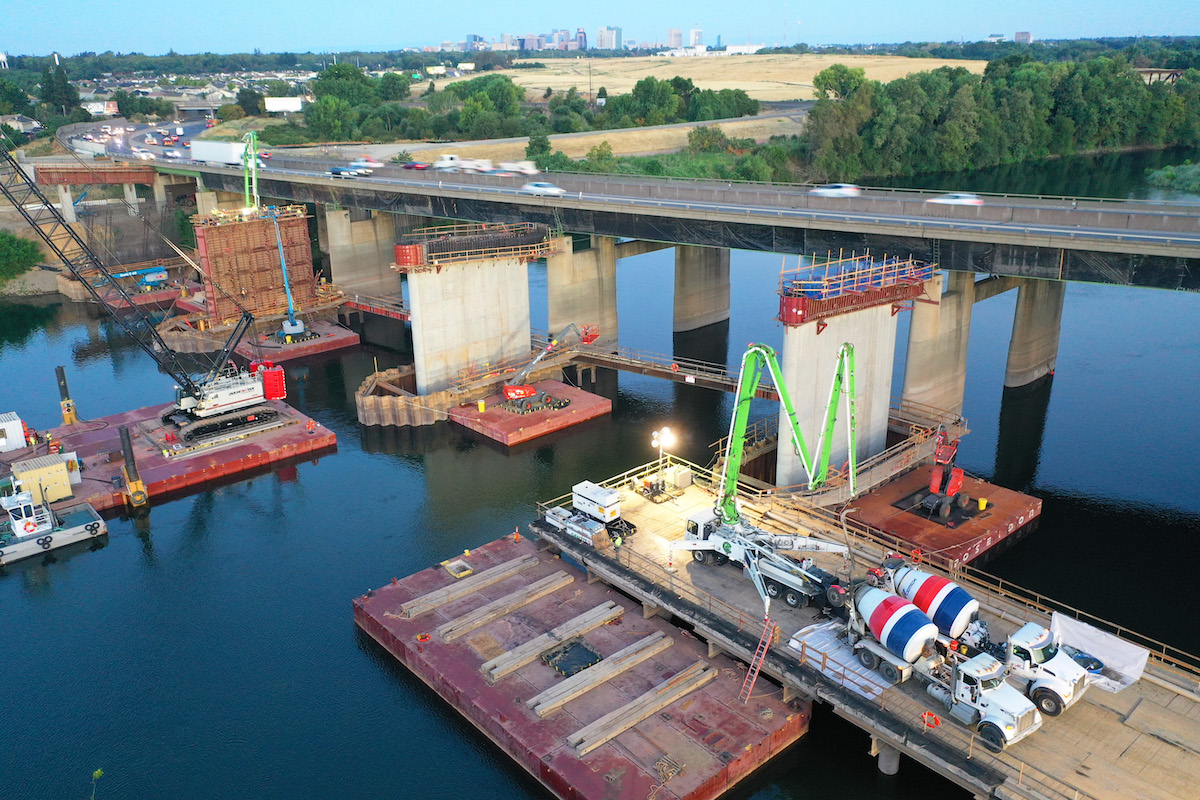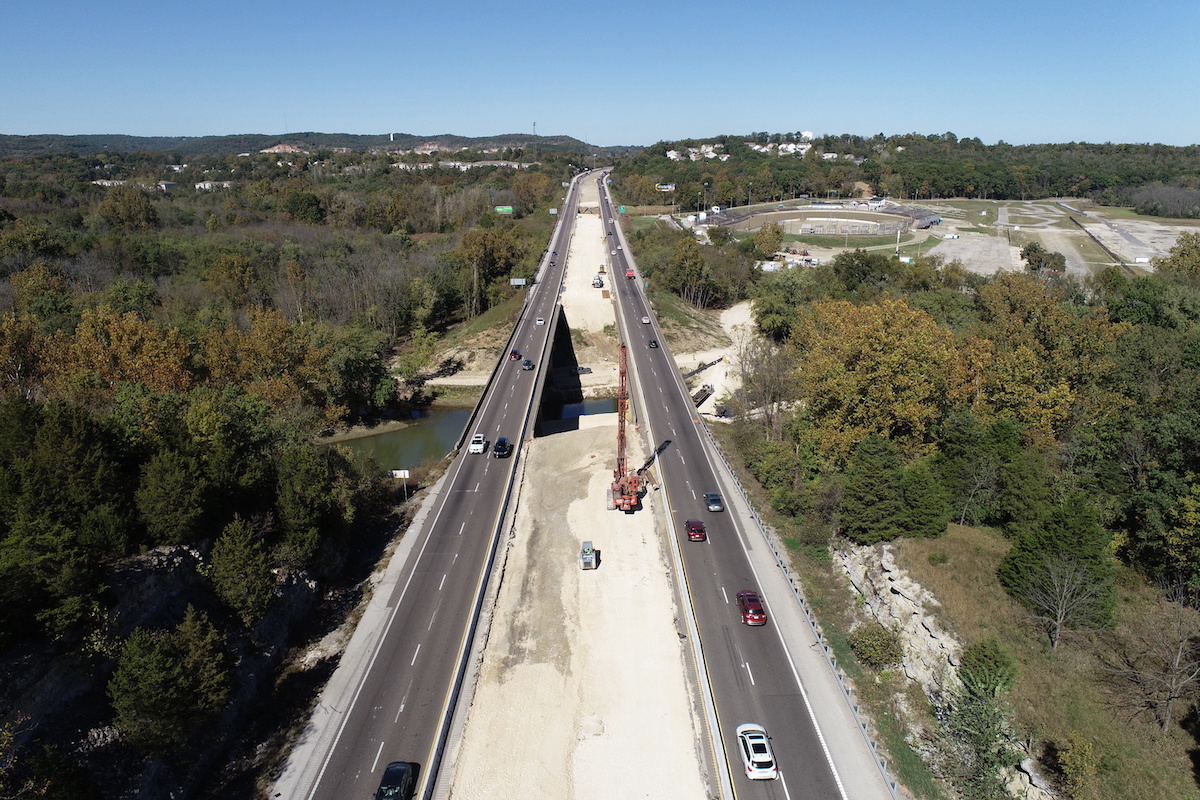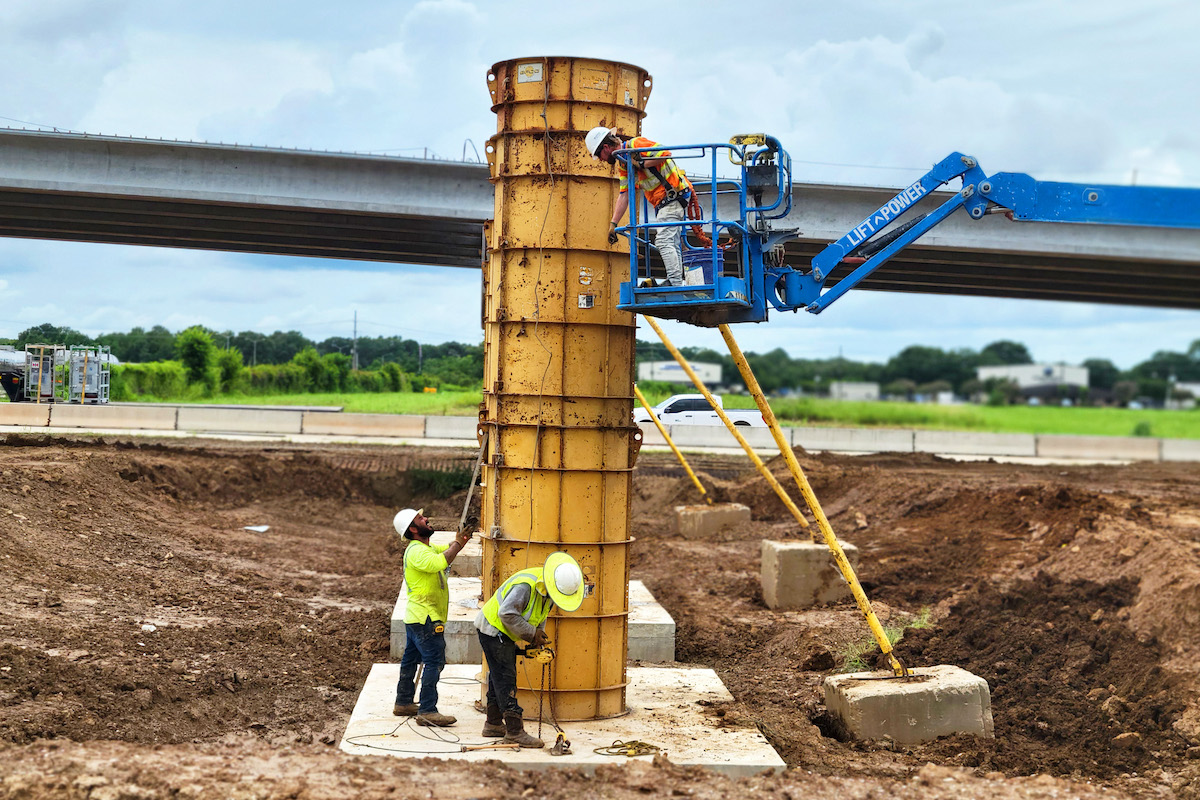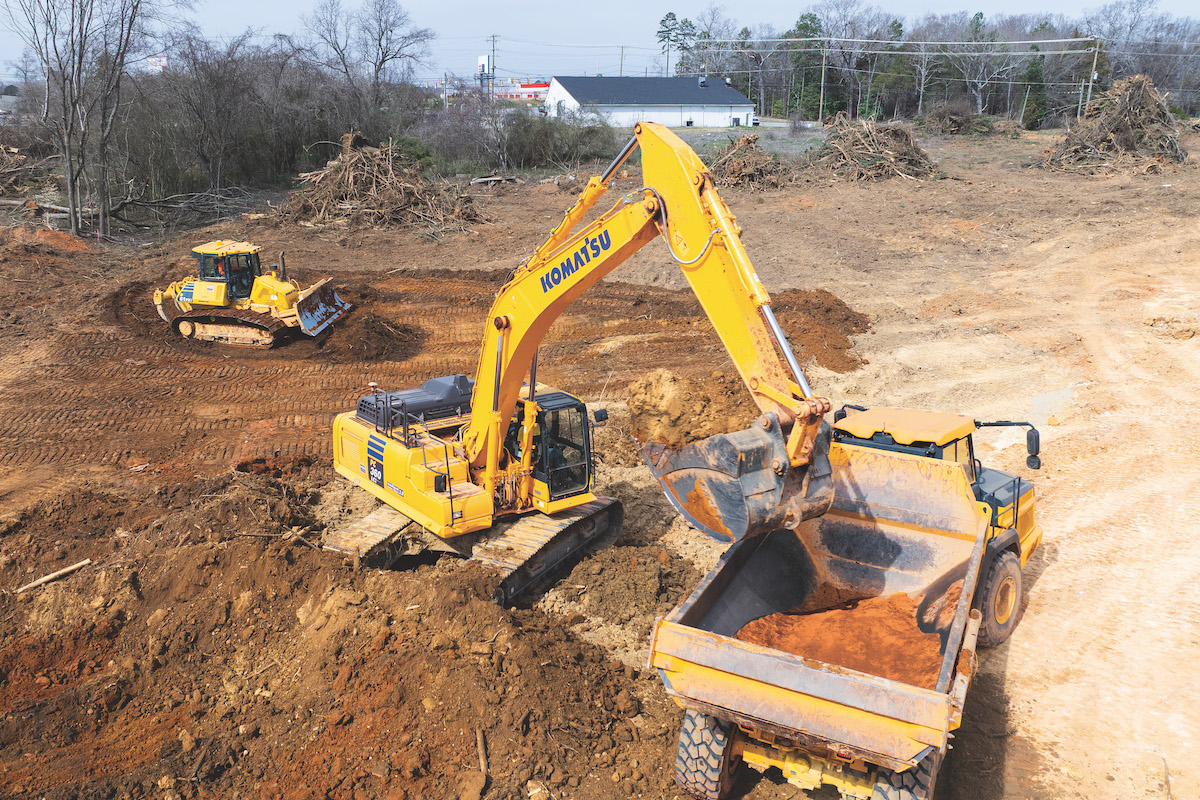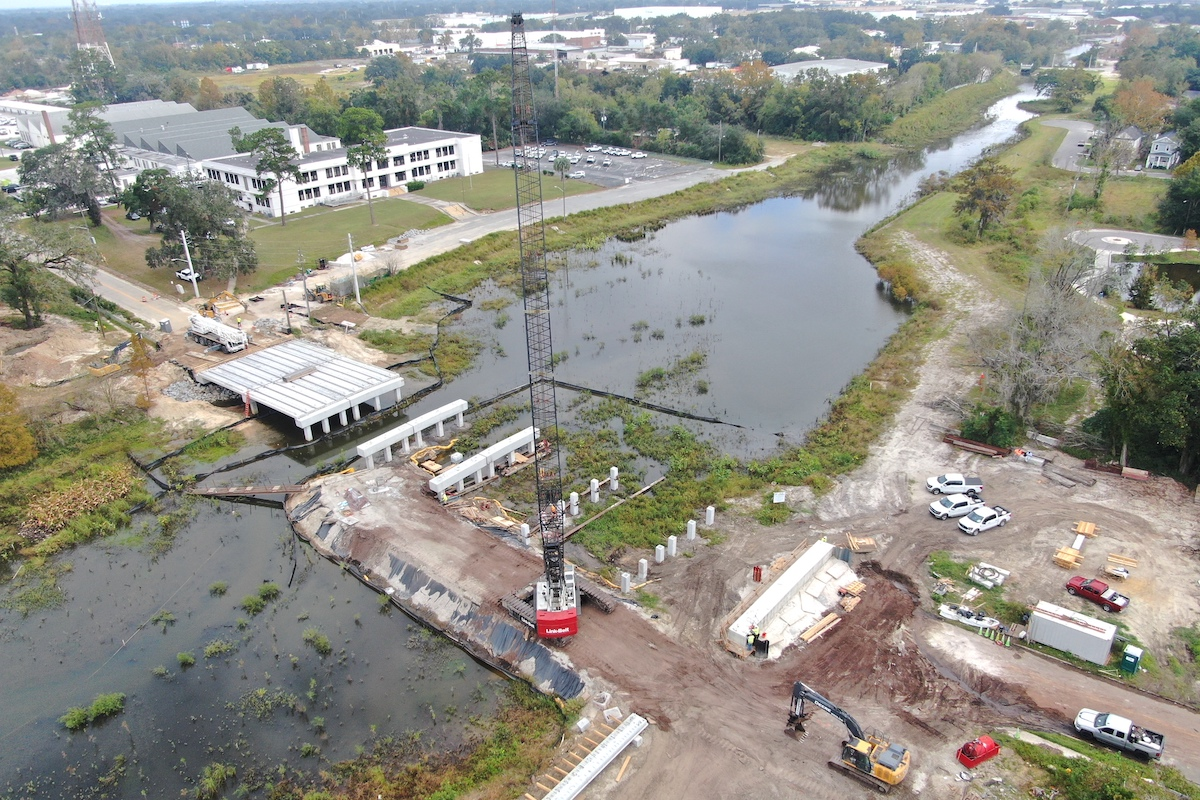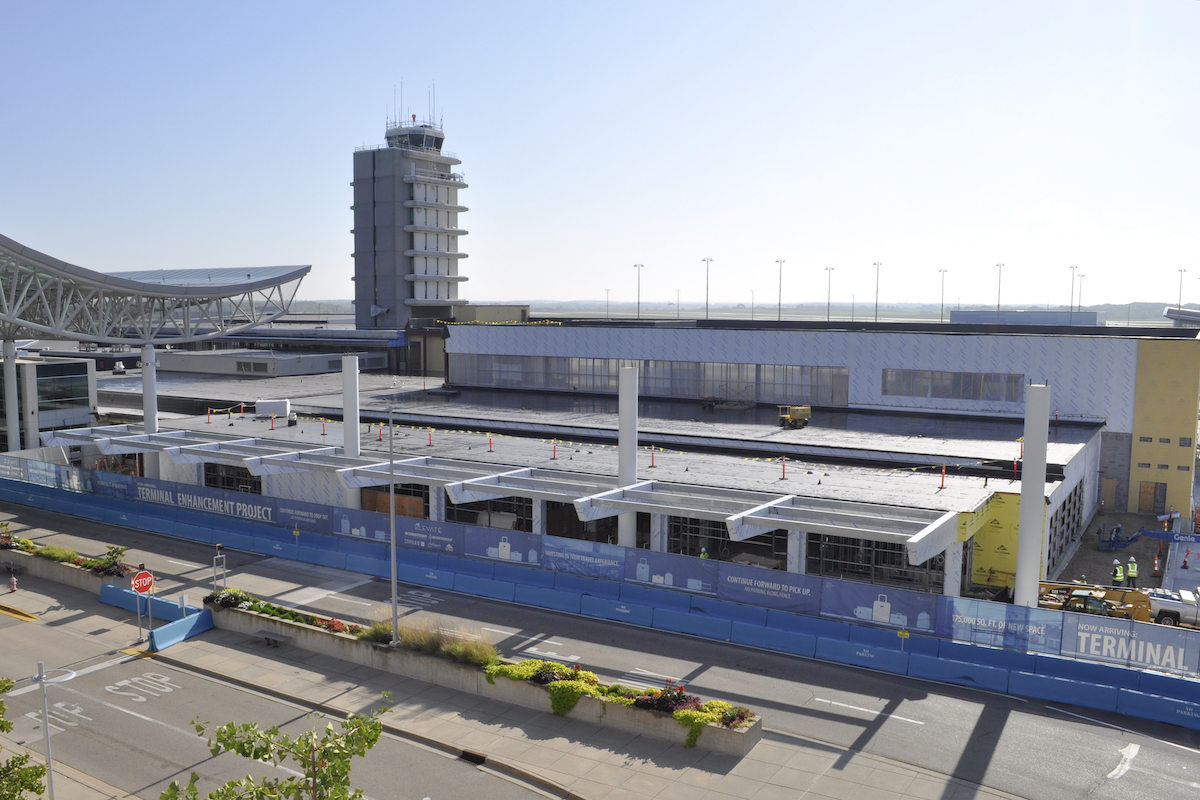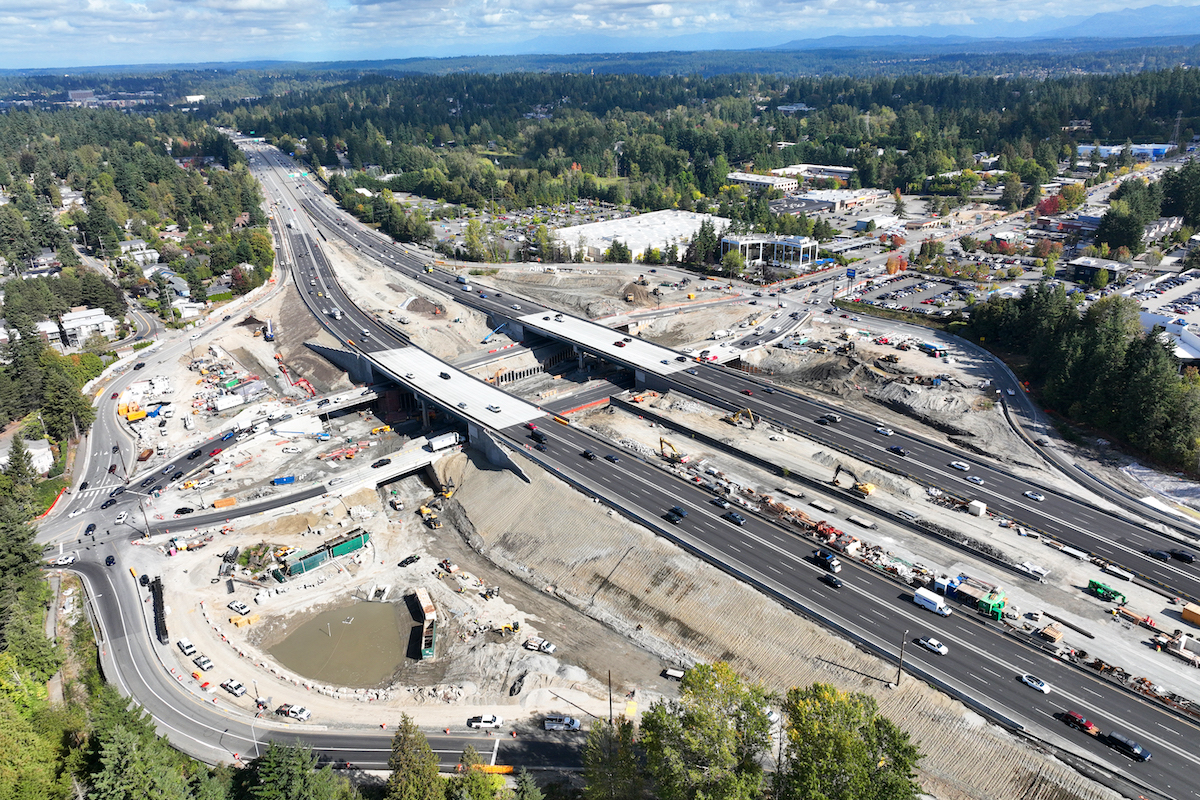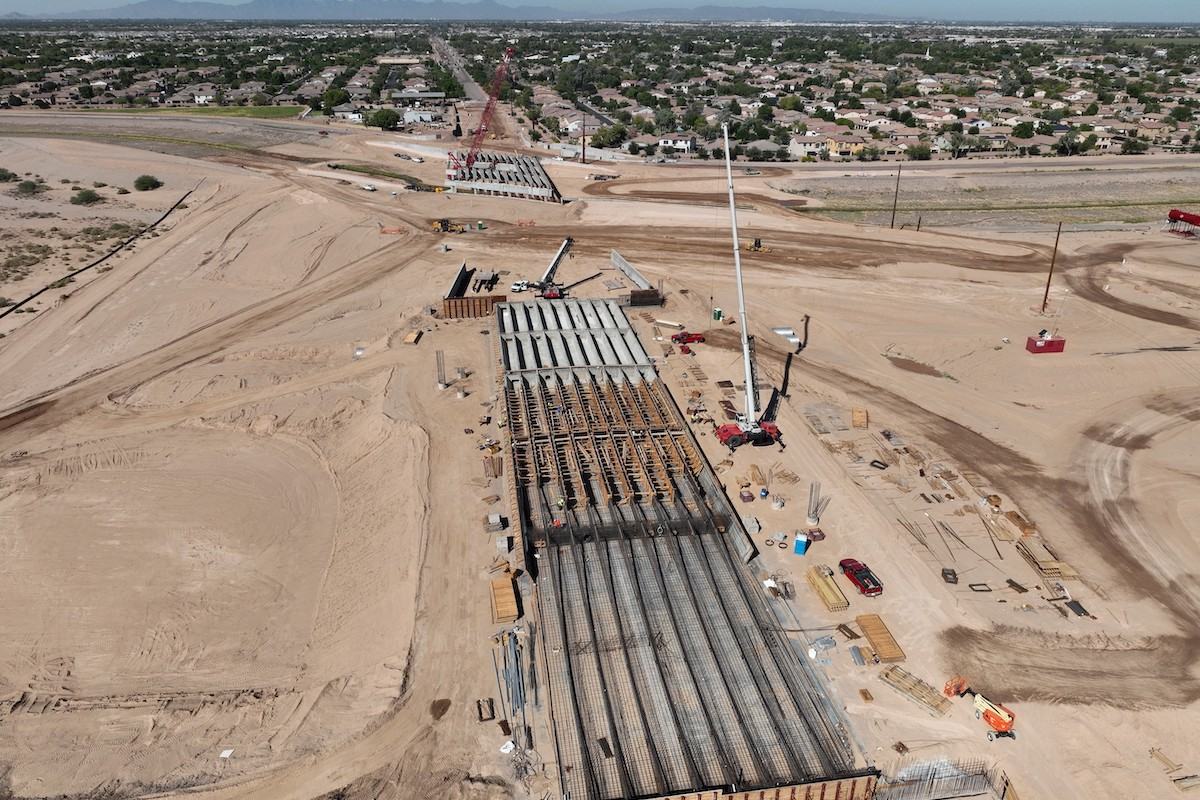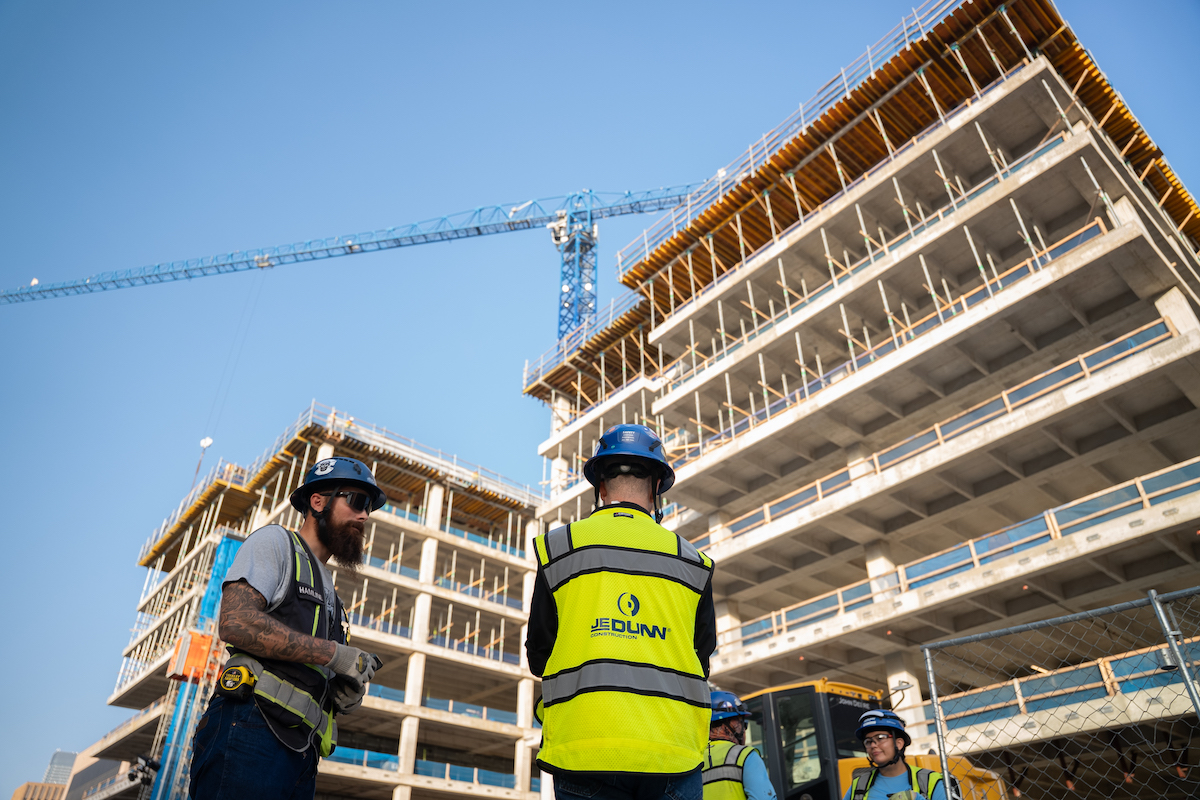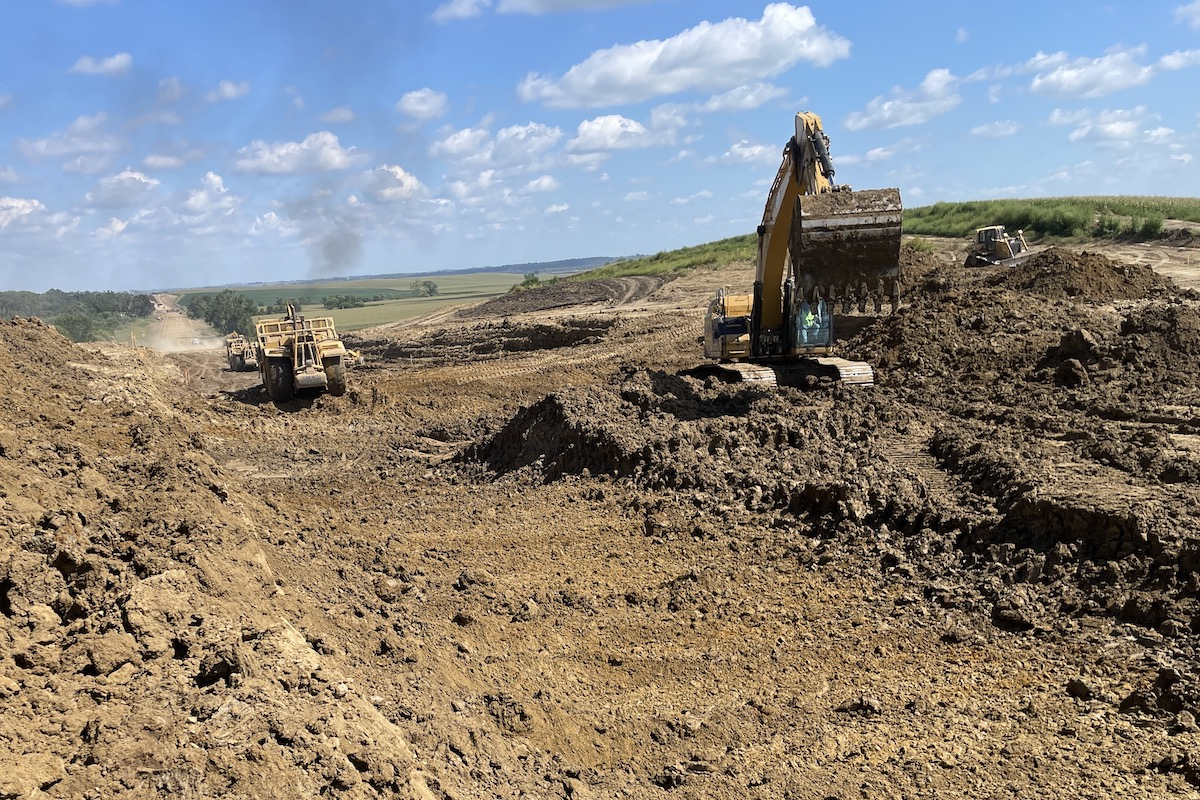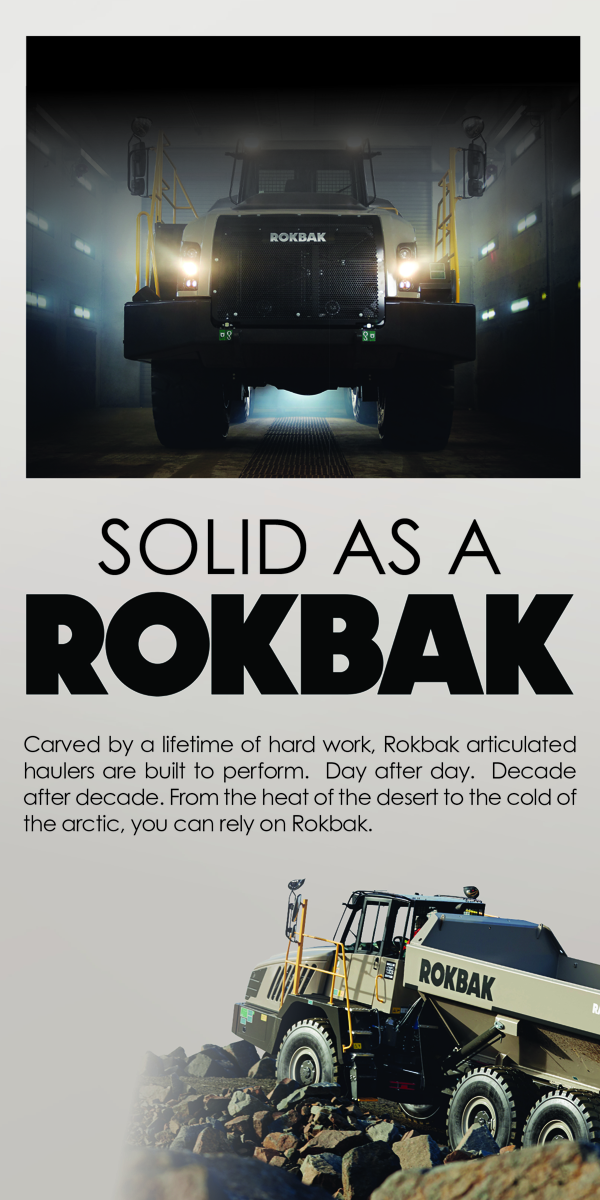Concrete projects demand precision and strength at every stage of construction. Whether forming, pouring, or finishing, workers often need to access elevated areas, move heavy materials, or precisely place people or materials.
Access equipment like mobile elevating work platforms (MEWPs) and telehandlers have evolved concrete construction, solving complex access and material handling challenges and redefining how projects are conceived, executed, and completed. By replacing traditional methods for reaching work at height like ladders or scaffolding, these machines enable construction teams to work more efficiently, precisely, and safely in diverse project environments.
MEWPs — including boom lifts, scissor lifts, low-level access lifts, and vertical lifts — are designed to provide elevated access to work areas. These machines are invaluable when working in hard-to-reach spots.
On concrete projects, MEWPs assist with a variety of essential tasks, including:
Formwork and Rebar Installation
Reaching elevated formwork can be tricky without the right equipment. Boom lifts and scissor lifts elevate workers to precise positions where they can install and adjust concrete forms and place rebar. The flexibility of boom lifts, particularly their ability to extend up, over, and around obstacles, is beneficial when working in tight spaces or near completed sections of the structure.

| Your local Trimble Construction Division dealer |
|---|
| SITECH Southwest |
| SITECH West |
Concrete Pours and Inspection
When pouring concrete, boom lifts allow workers to assist in directing the flow of concrete to ensure even and efficient placement. After pouring, MEWPs are also used for inspection, providing engineers and supervisors with close access to check for imperfections or defects.
Securing and Connecting Panels
MEWPs can help concrete workers secure prefabricated concrete panels in tilt-up construction and connect these panels to steel structures.
First, MEWPs allow workers to safely access connection points at the top of the panels, ensuring proper alignment as the panels are positioned. Once in place, workers use MEWPs to install temporary braces that stabilize the panels before permanent connections are made. MEWPs also help as workers apply sealants and grout joints and complete other finishing tasks. When there are embedded plate connections, workers can use MEWPs to reach and tighten bolts or weld steel components. Engineers and supervisors also rely on MEWPs to inspect and adjust the connections.
Cladding and Sheeting Installation
Once the structural framework is complete, MEWPs assist in installing external cladding, concrete panels, or insulation. Scissor lifts or boom lifts can easily and efficiently transport workers to elevated sections.

| Your local Gomaco dealer |
|---|
| Terry Equipment |
Light Material Lifting
Although not designed for heavy lifting, MEWPs can handle smaller loads like tools, cement bags, or buckets. This ability to quickly move light materials to elevated areas ensures workers have the supplies they need without unnecessary downtime.
Telehandlers, or telescopic handlers, are versatile machines capable of both vertical and horizontal lifting. Here are some ways telehandlers assist with concrete work:
Heavy Lifting and Material Placement
Telehandlers excel at lifting and placing heavy materials like steel forms, rebar, and precast concrete components. Their ability to extend the boom horizontally means they can place these heavy materials in precise positions.
Bulk Material Transport
Moving bulk materials is a constant task on large-scale concrete projects. Telehandlers equipped with forks can quickly move sand, gravel, cement, or premixed concrete. Their versatility also extends to transporting large blocks of concrete or scaffolding components across the site.

| Your local Trimble Construction Division dealer |
|---|
| SITECH Southwest |
| SITECH West |
Supporting Concrete Pours
Telehandlers can position buckets or hoppers, delivering concrete to hard-to-reach spots. Their ability to place materials where needed ensures that concrete flow remains consistent and uninterrupted during large pours.
Setting Up Temporary Structures
Telehandlers also support construction logistics by setting temporary structures like scaffolding and safety barriers. These structures help keep workers safe when working at height.
When selecting MEWPs or telehandlers, contractors must assess the nature of the tasks and site conditions. Concrete projects often require heavy lifting; work at height; and navigating rough, uneven terrain.
Here are the key factors to consider when choosing the right lift for the work to be done:

| Your local Trimble Construction Division dealer |
|---|
| SITECH Southwest |
| SITECH West |
Load Capacity and Platform Size
The MEWP or telehandler must be able to handle workers and the materials they are handling. Platform size is equally important — enough space must be provided for workers to move freely and safely.
Height and Reach
The equipment must offer sufficient vertical reach, whether pouring concrete at height or inspecting finished surfaces. Horizontal outreach is also vital, especially for boom lifts, allowing greater flexibility when working across large areas.
Stability and Safety
Stability is a key consideration, since concrete projects may involve working on uneven or sloped surfaces. MEWPs with self-leveling features or outriggers help maintain stability on rough terrain, provided the machine is used within its intended limits. Safety features such as fall protection systems, secure guardrails, and emergency lowering mechanisms are crucial for protecting workers on elevated platforms.
Maneuverability and Terrain Capability
Concrete projects frequently take place on construction sites with rough or muddy ground. MEWPs with rugged, rough-terrain capabilities can navigate these conditions more effectively. Additionally, equipment with good maneuverability allows workers to access tight spaces, such as between columns or machinery.

| Your local Trimble Construction Division dealer |
|---|
| SITECH Southwest |
| SITECH West |
Operational Efficiencies
Efficiency is critical, especially during concrete pours. Contractors should look for MEWPs that can be set up quickly and move between work areas without delays. Boom lifts generally provide greater flexibility and outreach for large pours, while scissor lifts are suited for vertical movements in more confined spaces.
For outdoor construction projects, diesel-powered or hybrid MEWPs are often preferred due to their durability and longer operational times. Conversely, electric-powered MEWPs may be necessary for indoor work to avoid emissions or meet local regulations.
Access equipment changes what we build and how we build it. As architectural and engineering designs become more ambitious and building standards more demanding, MEWPs and telehandlers expand what’s possible in concrete construction, enabling teams to achieve increasingly complex projects with precision and safety.
Whether using MEWPs for elevated access or telehandlers for heavy lifting, contractors must carefully evaluate their specific needs. The ideal machine should balance load capacity, reach, stability, and ease of movement. Selecting the right access equipment for the work is essential for productivity, safety, and cost efficiency.





